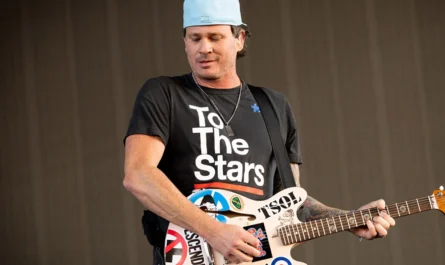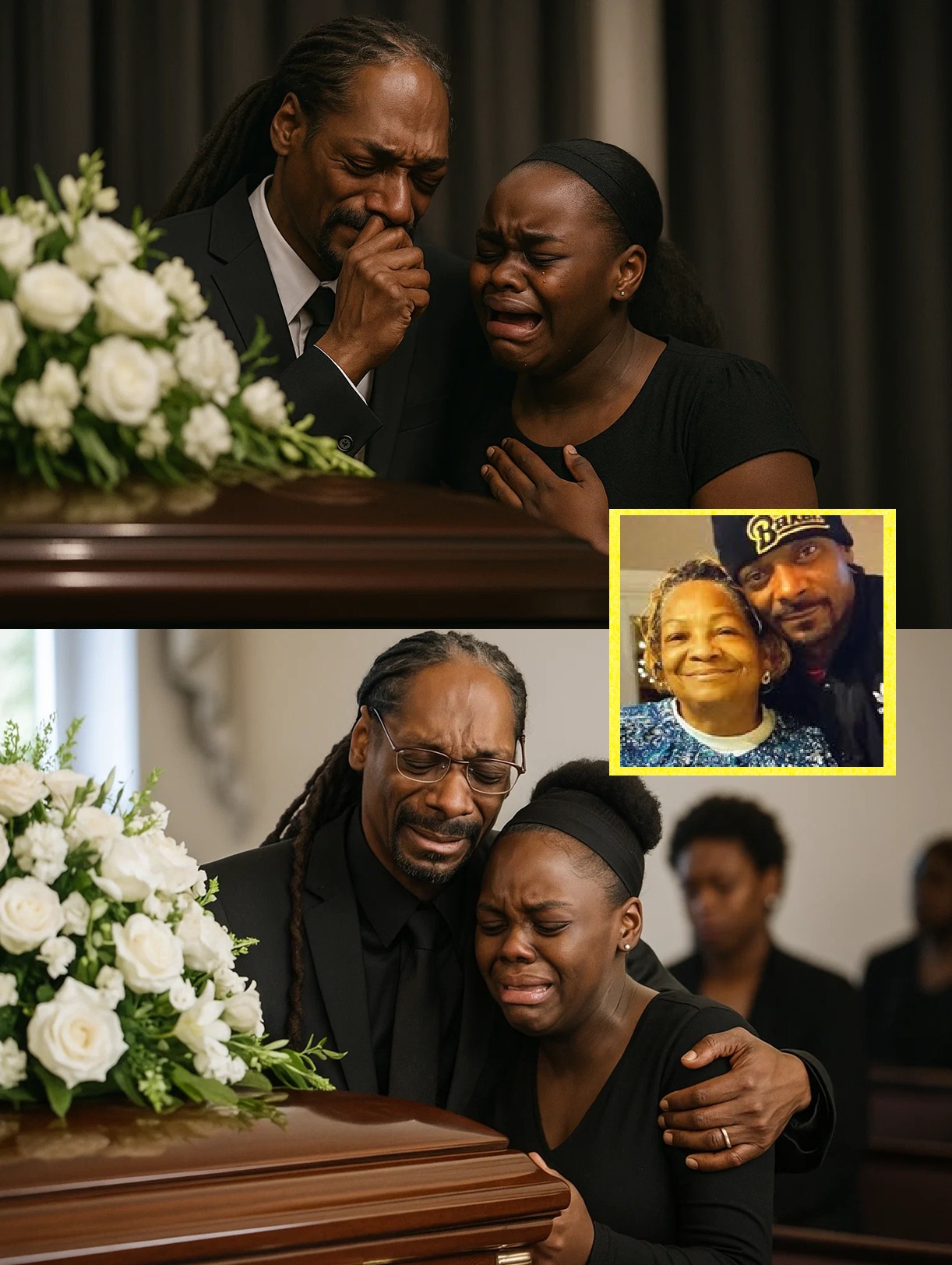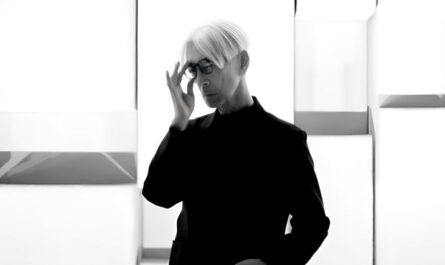Glenn Hughes recently revealed details about Ritchie Blackmore’s infamous onstage incident at California Jam. He shared his firsthand account of the events in an interview with Ultimate Guitar.
Hughes was asked about what it was like to witness Blackmore’s explosive performance where the guitarist destroyed his amplifiers. His response provided insight into the behind-the-scenes chaos that led to the dramatic moment.
“We didn’t know about that. All I know is that the festival was running an hour ahead, so it was running quickly. Sabbath had just finished, and we were asked to go on right after them,” Hughes said. “We had a contract saying we go on at sunset, and it wasn’t sunset. It was still sunny. And Blackmore had a meltdown, as you can remember, and he wouldn’t play.”
Hughes described the tense situation that unfolded backstage as organizers tried to get Blackmore to perform.
“So for 45 minutes, they were trying to get in his trailer, and they finally broke in there, and he wasn’t dressed to go on stage, and basically, he was forced to go on stage,” he continued. “Consequently, the air in the camp was now dark. When he was dark, it was all off. So, we went on stage, and it was an incredibly aggressive, loud show. But we didn’t have any idea he was going to pour gasoline on his amplifiers. We had no idea.”
The revelation sheds new light on one of rock history’s most memorable stage incidents. It shows how contractual disputes and timing issues contributed to Blackmore’s dramatic response.
Hughes’ account provides crucial context for understanding what became one of the most notorious moments in rock history. The California Jam incident has been analyzed and discussed for decades. The Deep Purple bassist’s perspective offers rare insight into the backstage drama that preceded the explosive finale.
Wikipedia reported that Blackmore had specifically insisted on performing at sunset to maximize the impact of Deep Purple’s elaborate light show. The guitarist’s perfectionist nature and attention to visual presentation made the scheduling conflict particularly frustrating for him. When the festival organizers forced the band to take the stage in broad daylight, it undermined the theatrical effect Blackmore had carefully planned.
The dramatic climax of Deep Purple’s set saw Blackmore destroy several guitars and amplifier stacks in a spectacular display of pyrotechnics. Guitar Player documented that during this explosive finale, Blackmore struck an ABC camera and set off a massive fireball on stage. The destruction was so intense that it left a visible hole in the stage floor.
Following the chaotic performance, Louder Sound noted that the band quickly evacuated the venue by helicopter. They effectively evaded fire marshals, police, and television executives who were undoubtedly concerned about the safety implications of Blackmore’s actions. This hasty departure added another layer of drama to an already legendary performance.
The entire incident was captured on film and later released as Live in California 74. This preserved Blackmore’s explosive antics for future generations of rock fans. The performance remains a defining moment in Deep Purple’s career and stands as a testament to the unpredictable nature of rock and roll in the 1970s.





